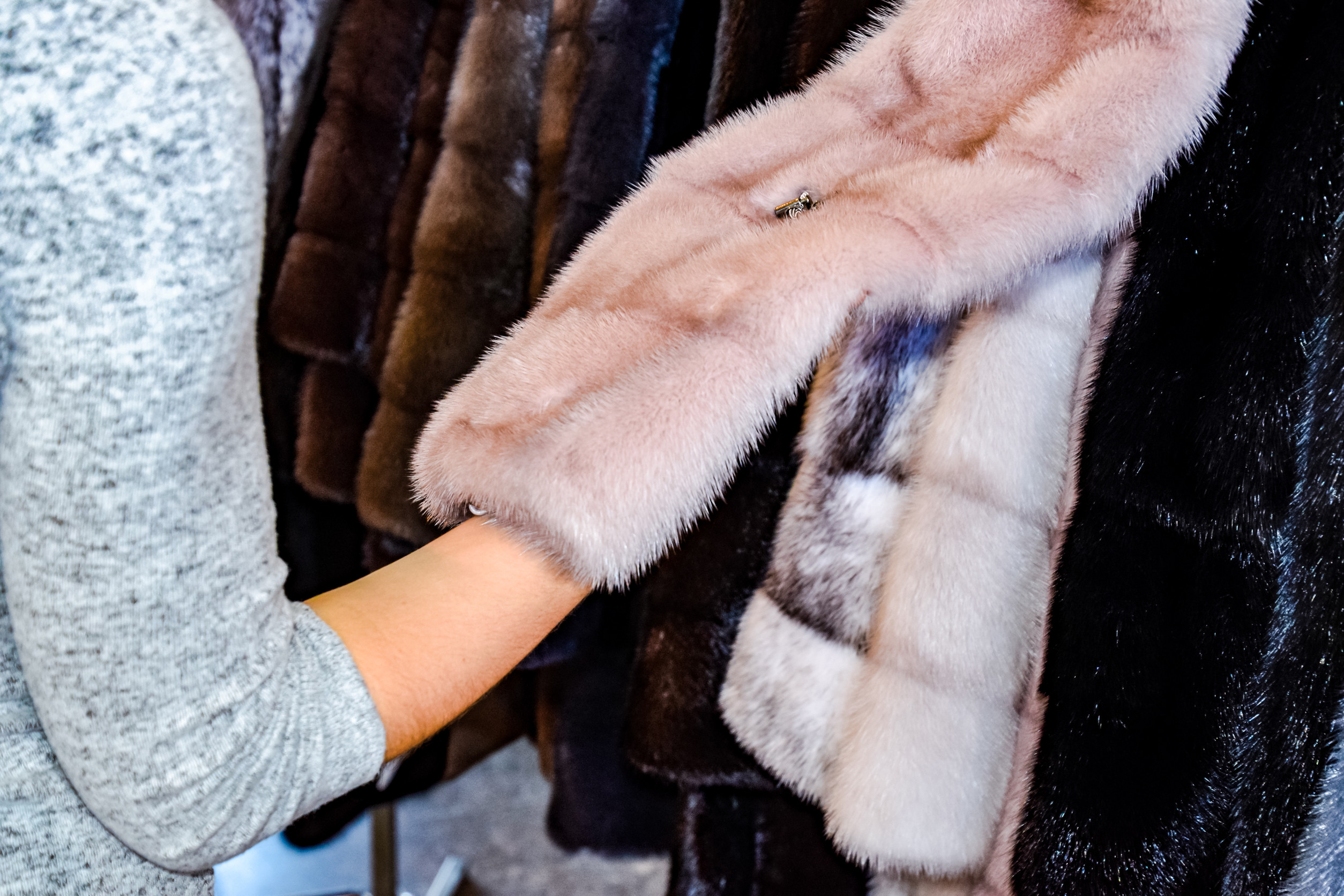Image Credit: wirestock/123rf.com
Pride Month serves as a vital celebration of LGBTQ+ visibility, identity, resilience, and community. Central to these celebrations are the various Pride flags, each representing different identities and experiences within the LGBTQ+ community. Understanding the meanings behind these flags enhances their significance during Pride events around the world.
The original LGBTQ+ Pride flag, designed by Gilbert Baker in 1977, features a rainbow of colors that symbolize various aspects of life and identity: pink for sex, red for life, orange for healing, yellow for the sun, green for nature, turquoise for magic, blue for serenity, and purple for spirit. While the original flag included eight colors, the version most commonly seen today contains six due to fabric shortages. In recent years, additional stripes have been incorporated to acknowledge the contributions of LGBTQ+ people of color.
Other notable flags include the bisexual Pride flag, which features pink, purple, and blue stripes, representing attraction to the same gender, a blend of both, and the opposite gender. The Trans Pride flag, designed by Monica Helms in 1999, uses blue and pink to signify traditional gender colors, with a white stripe representing non-binary and transitioning individuals.
In 2018, the Progress Pride flag was introduced, adding a chevron design that highlights the importance of queer people of color and the transgender community. Meanwhile, the intersex flag, created to symbolize autonomy and wholeness, features a yellow background with a solid purple circle.
Additional flags represent other identities within the LGBTQ+ spectrum, such as the asexual, pansexual, and polysexual flags, each with their unique color schemes to signify various attractions and identities. The non-binary flag and genderqueer flag further highlight the diversity of gender identities beyond the traditional male-female binary.
Moreover, subculture flags, such as those for twinks, leather enthusiasts, and bears, celebrate specific communities within the LGBTQ+ umbrella, each designed to reflect shared values and identities.
The array of Pride flags serves not only as symbols of identity and belonging but also as powerful reminders of the ongoing fight for equality and recognition within the LGBTQ+ community. Each flag tells a story, making Pride Month a time for reflection and celebration of the diversity that exists within the movement.
Check out the original article here: Source link



